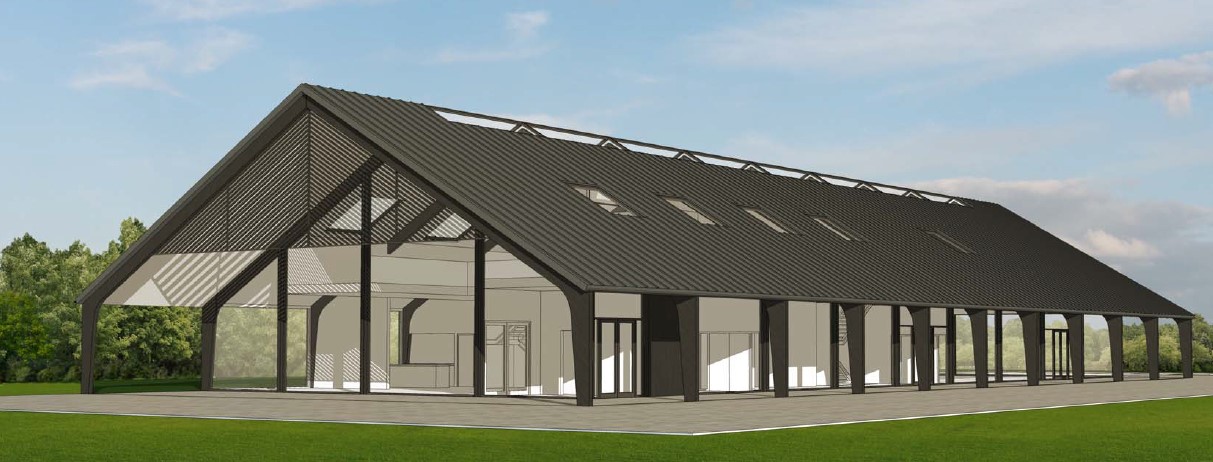About the project:
Humberston Eco Conservation Centre (HECC) is a unique community led rural “off grid” 15-acre rural project owned by charity “Positive Activities” and project managed by Positive Activities Developments CIC (PAD-CIC).
The model they champion is not driven by the commercial need to make profit. Their ethos is one of small, micro scale energy, growing sustainable food and environment projects driven by community members.
Positive Activities secured the site through a section 106 agreement. The small scale anaerobic digester H2AD was gifted to the charity by engineering company Lindhurst.
Stage 1 RCEF funded feasibility identified how the unit could be utilised to power the off grid site. Stage 2 funding looked at developing a masterplan of sustainable technologies that mean the site can operate completely off grid.
Technology
The H2AD containerised unit, one of only three in the world will begin trials early 2022, subject to securing planning permissions. Additionally, HECC will be the first in the world to trail waste PET plastic as a feedstock in the unit.
Not surprisingly therefore, the project has attracted the attention regionally, nationally, and internationally. The digester to be used for this project is a novel micro anaerobic digester, H2AD, built and donated to the site by Lindhurst Engineering. It is a 3 m3 digester with a 5 m3 gas envelope. The unit is a prototype, designed in such a way as to make it simple to operate and maintain.
The digester requires additional equipment for feedstock processing and conversion of the gas into energy. The close relationship with Lindhurst Engineering has been profitable in this respect. Lindhurst are willing to donate the feedstock processing equipment in the form of a macerator, and a combined heat and power engine (CHP) to convert the gas to electricity and heat.
The CHP is also a prototype as engines of this size are not commercially available for use with biogas. This would make the site important from the point of view of showcasing renewable energy technology.
Challenges and risks
Predominant technological challenge was creating a 15 acre site which had basic energy to facilitate water, toilets, lighting and heating using a mix of renewable energy technologies, some unproven such as the Anaerobic Digestion unit. Energy consultants with a broad range of skillsets across wind, solar, battery technologies were difficult to find.
A major risk was in funding a management team across two years to deliver such an innovative and challenging off grid, project with so many variables. COVID-19 has delayed the sites development and severely affected financial income streams we once relied on.

